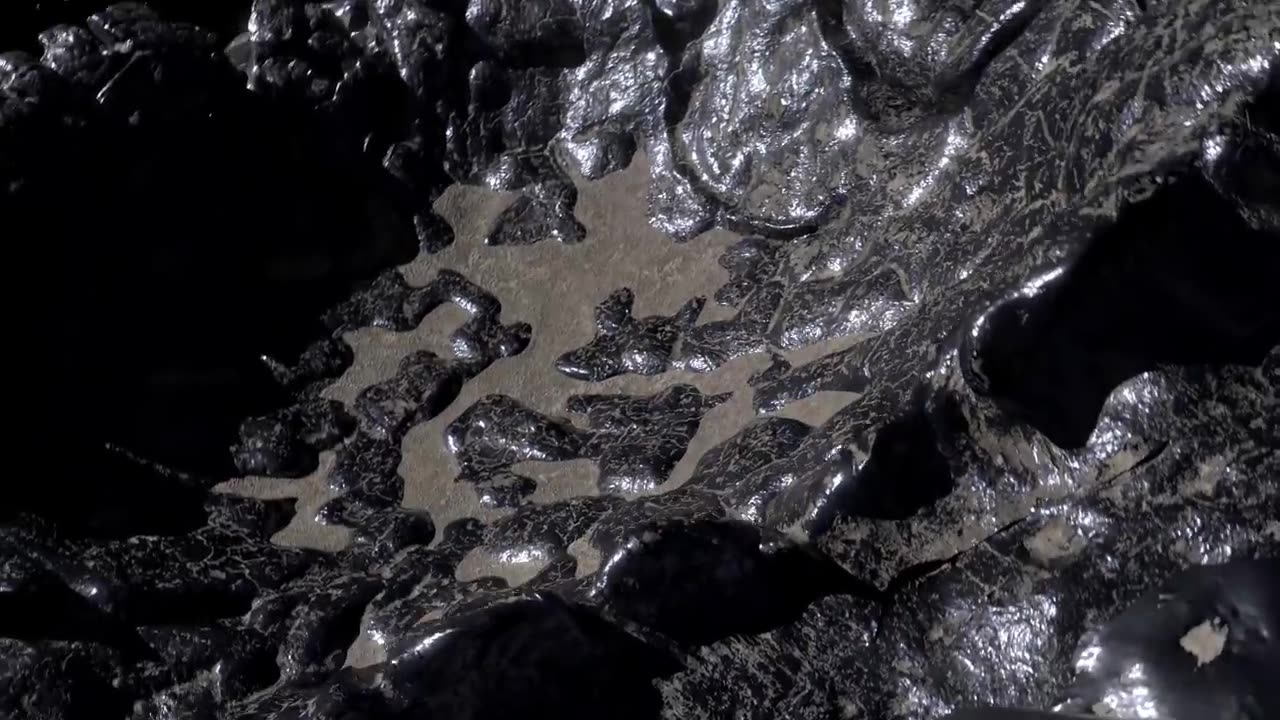Premium Only Content

NASA Psyche Mission: Charting a Metallic World
The NASA Psyche mission is a space exploration endeavor designed to study a unique and intriguing asteroid known as 16 Psyche. Unlike most asteroids, which are predominantly composed of rock or ice, 16 Psyche is believed to be made primarily of metal. This mission aims to shed light on the early history of our solar system and provide valuable insights into the formation of planetary bodies.
Key features of the NASA Psyche mission include:
Target Asteroid - 16 Psyche: 16 Psyche is located in the asteroid belt, which is a region between the orbits of Mars and Jupiter. It is one of the largest asteroids in the belt, measuring about 140 miles (226 kilometers) in diameter. Scientists believe that 16 Psyche is primarily composed of metallic elements such as iron and nickel, similar to the Earth's core.
Scientific Objectives: The primary goals of the Psyche mission are to understand the interior structure of 16 Psyche, determine whether it has a metallic core, and gain insights into the processes that occurred during the early stages of planet formation. By studying this unique metallic world, scientists hope to learn more about the conditions and dynamics of the early solar system.
Spacecraft and Instruments: The Psyche spacecraft is equipped with a suite of scientific instruments designed to study the asteroid from various angles. The Multispectral Imager, Gamma Ray and Neutron Spectrometer, and a magnetometer are among the key instruments on the spacecraft. These tools will allow scientists to analyze the asteroid's surface composition, map its magnetic field, and gain a better understanding of its overall structure.
Launch and Journey: The Psyche spacecraft was scheduled to be launched on a SpaceX Falcon Heavy rocket. After launch, it will undertake a trajectory that will take it on a long journey to reach its target, 16 Psyche. The spacecraft is expected to arrive at the asteroid in the late 2020s.
Mission Duration: Once the Psyche spacecraft reaches its destination, it will spend a significant amount of time studying the asteroid up close. The mission duration is expected to last for several years, during which the spacecraft will conduct detailed observations and gather valuable data.
Implications and Discoveries: The Psyche mission has the potential to provide critical information about the early solar system's conditions, shedding light on the processes that led to the formation of planets and other celestial bodies. By examining a metallic world like 16 Psyche, scientists can gain insights into the differentiation of planetary cores and potentially learn more about the Earth's own core.
Overall, the NASA Psyche mission represents a fascinating exploration of a unique and enigmatic world in our solar system. It holds the promise of advancing our understanding of planetary formation and offering new perspectives on the building blocks that make up the cosmos.
-
 LIVE
LIVE
BEK TV
22 hours agoTrent Loos in the Morning 7/25/2025
569 watching -
 15:03
15:03
Dad Saves America
12 hours ago $0.81 earnedHow the Department of Education Hijacked Our Schools - Poisoning of the American Mind: Pt 3
22K5 -
 14:06
14:06
Silver Dragons
15 hours agoBullion Dealer Reacts to Silver Price TRIPLING in 5 Years
3.96K4 -
 28:31
28:31
Anthony Rogers
14 hours agoBOWLING FOR SOUP interview
3.92K1 -
 17:12
17:12
Nate The Lawyer
2 days ago $1.65 earnedTrans Swimmer Lia Thomas Stripped of Titles for Being a Man in Women’s Sports
22.4K22 -
 12:17
12:17
Zoufry
19 hours agoThe Hunt For The Real Life James Bond
29.3K6 -
 59:55
59:55
TheJimPriceShow
14 hours agoSAM ANTHONY Ep.1244
10 -
 24:05
24:05
DeVory Darkins
9 hours ago $10.93 earnedTrump HUMILIATES Jerome Powell in TENSE moment... Columbia University surrenders
105K79 -
 14:17
14:17
Doc Rich
5 days agoLefties Losing It Once Again
31K36 -
 25:31
25:31
Liberty Hangout
1 day agoMAGA Crashes Pathetic Anti-ICE Rally
103K57